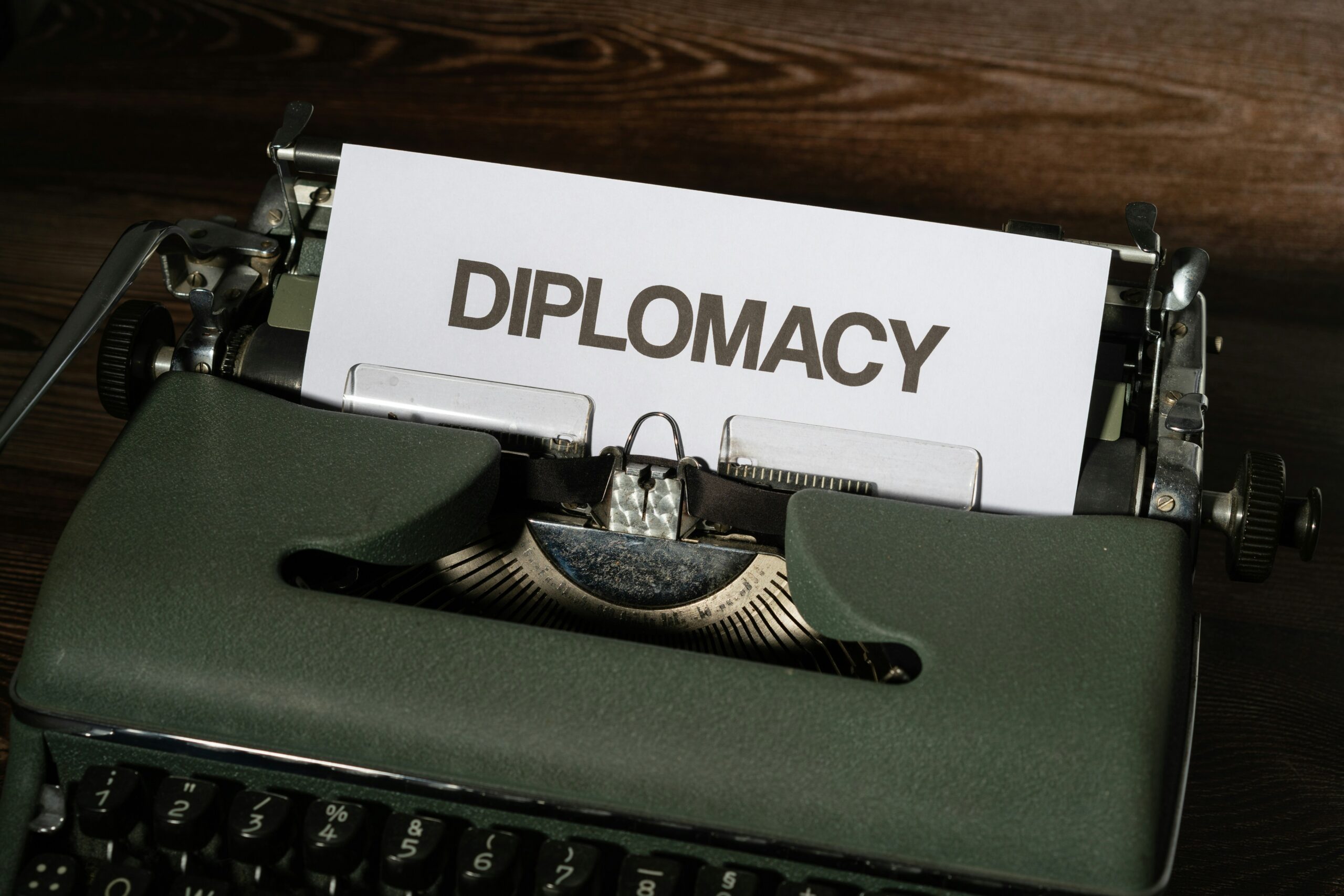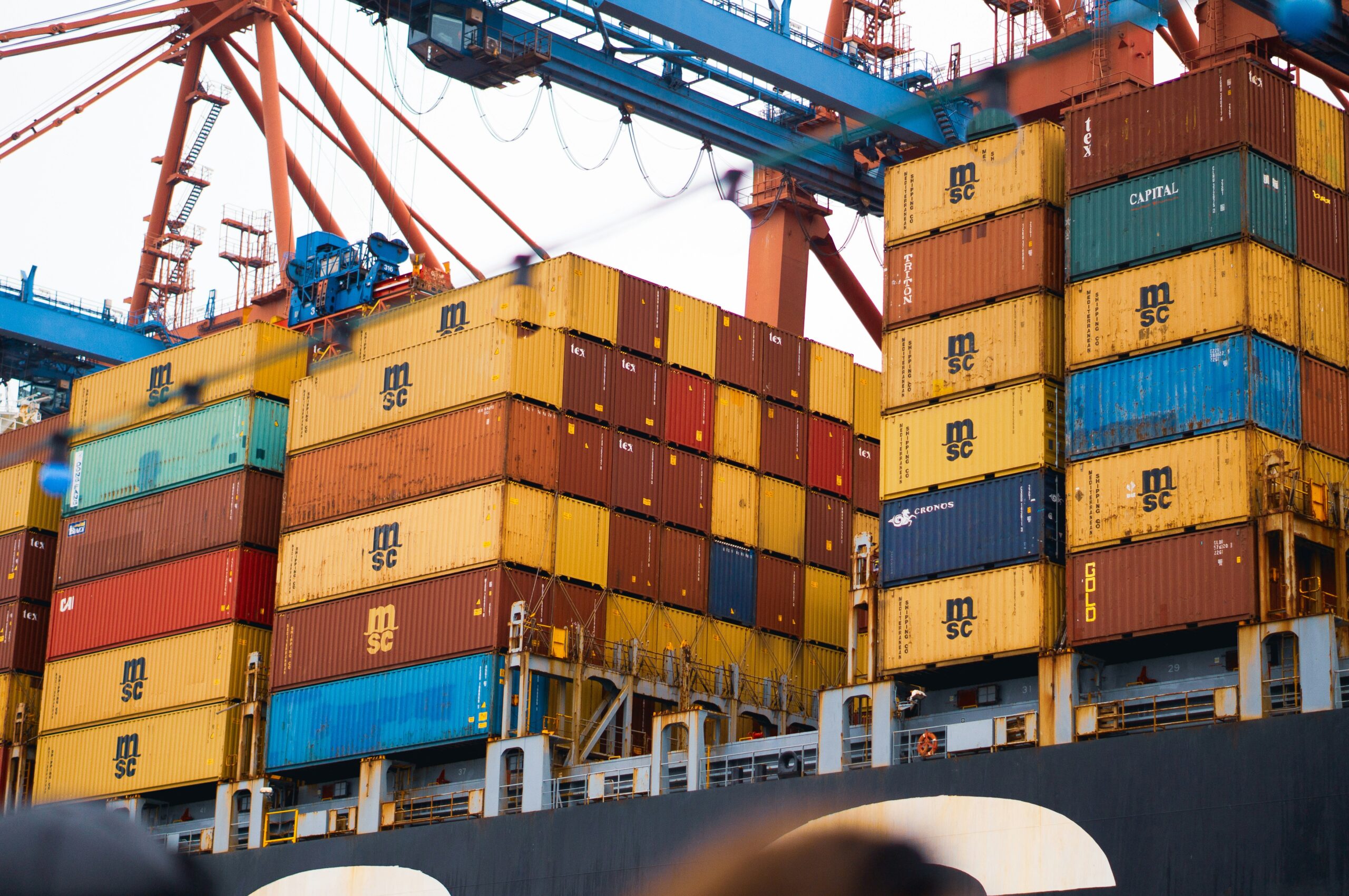The World Trade Organization’s Ninth Ministerial Conference, which took place in Bali, Indonesia, from December 3–7, 2013, resulted in the trade deal known as the Bali Package. It aims to reduce trade obstacles on a worldwide scale and is the first agreement made through the WTO that has the support of all of its participants. Part of the Doha Development Round, which began in 2001, was formed by the package.

History
The negotiations were on the verge of failure numerous times before it was enacted. The United States refused to grant India’s request to prolong its domestic agriculture subsidies indefinitely. Along with Venezuela, Bolivia, Nicaragua, and Cuba, these nations protested the deletion of a passage discussing the U.S. embargo on Cuba. A compromise was eventually negotiated between India and the U.S. under which a long-term fix for the Indian subsidies will be decided in separate subsequent negotiations within four years. Cuba also came to an accord and decided not to oppose the deal. In November 2014, the United States and India reached a long-term agreement addressing India’s food subsidies.
Negotiations
The initial dates for the negotiations were the 3rd to the 6th of December 2013. To reach an agreement, they had to add an extra day, 7th December, to the schedule. Rob Davies, the trade minister for South Africa, raised concerns about the agreements’ long-term benefits for the least developed nations in December 2013. The Bali Package has experienced a slowdown since it was signed, stated India’s Prime Minister Narendra Modi, who urged other nations to adopt it soon. The Bali Package primarily encourages imports into the continent, and opponents of the proposal in Africa said that this would negatively affect the continent’s trade balance. The WTO’s first multilateral accord was the Bali Package. It was completed with the participation of 160 nations and restored the WTO’s standing as a platform for negotiations.
Description
To facilitate commerce between developing nations and developed nations on international markets, the agreement includes measures for reducing import tariffs and agricultural subsidies. Hard import caps on agricultural items from poor nations would be abolished, and instead developed countries would only be permitted to impose tariffs on agricultural import quantities that exceeded defined thresholds. Reforming customs agencies and formalities to ease trade is another crucial goal.
Areas covered by the agreement
The Ministerial Conference’s decisions, which make up the Bali Package, are broken down into the following four categories:
The Trade Facilitation Agreement (TFA)
When Rwanda, Oman, Chad, and Jordan presented their documents of acceptance on February 22, 2017, the TFA officially became operational, meeting the criterion of two-thirds of the 164 WTO members. The TFA seeks to simplify customs procedures and cut red tape. It will be enforceable under the law, cost money, and demand a certain level of technological sophistication. The agreement confirms that the nondiscrimination principle of GATT 1994’s Article V is still in effect. The Trade Facilitation Agreement Facility (TFAF) will provide funds to assist least developed countries (LDCs) in developing their capacity to implement the modifications. The TFAF was established on July 22, 2014, following the conditions of an amendment to the TFA.
Food security
This includes General Services, Public Stockholding for Food Security Purposes, Understanding of Tariff rates Quota Administration Provisions of Agricultural Products, and Export Competition.
Cotton
In the draft Ministerial Declaration on Cotton, it is discussed how to increase market access for cotton goods made in LDCs and how to support their efforts to grow cotton. Ministers specifically agreed to hold discussions twice a year in the context of the Committee on Agriculture. This is to assess how trade-related developments affect market access and export competition of cotton products exported from LDCs to markets of their interest. Particularly, export subsidies and export measures, domestic support, tariff measures, and non-tariff measures.
Development and LDC issues
These include:
- Duty-Free Quota-Free (DFQF) Market Access for Least-Developed Countries
- Preferential Rules of Origin for Least-Developed Countries
- Operationalization of the Waiver Concerning Preferential Treatment to Services and Service Suppliers of Least-Developed Countries and
- Monitoring Mechanism on Special and Differential Treatment
According to the Peterson Institute for International Economics, if the customs procedures of the agreement are implemented correctly, they might generate US$1 trillion in global economic activity. As well as generate 21 million new jobs and a 10-15% reduction in the cost of conducting international trade.



